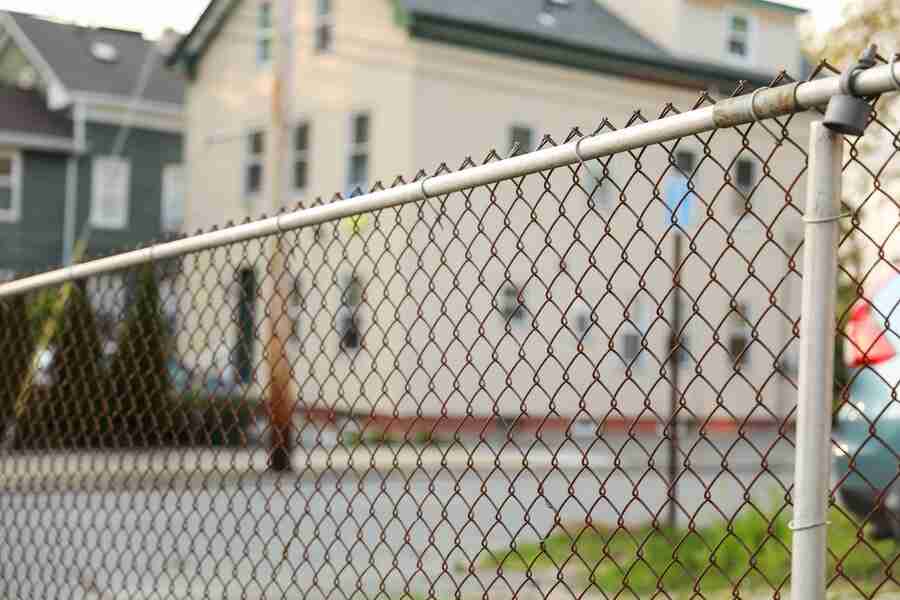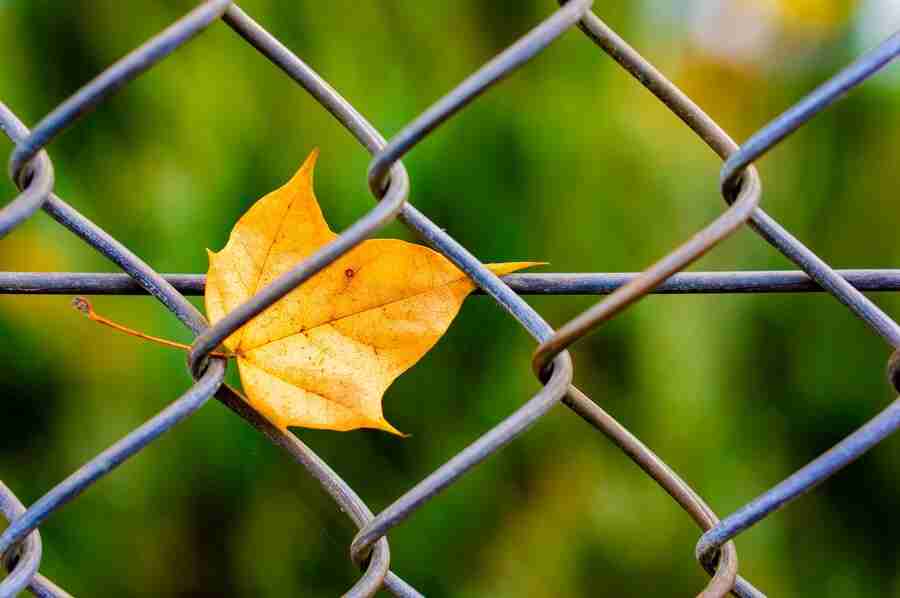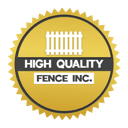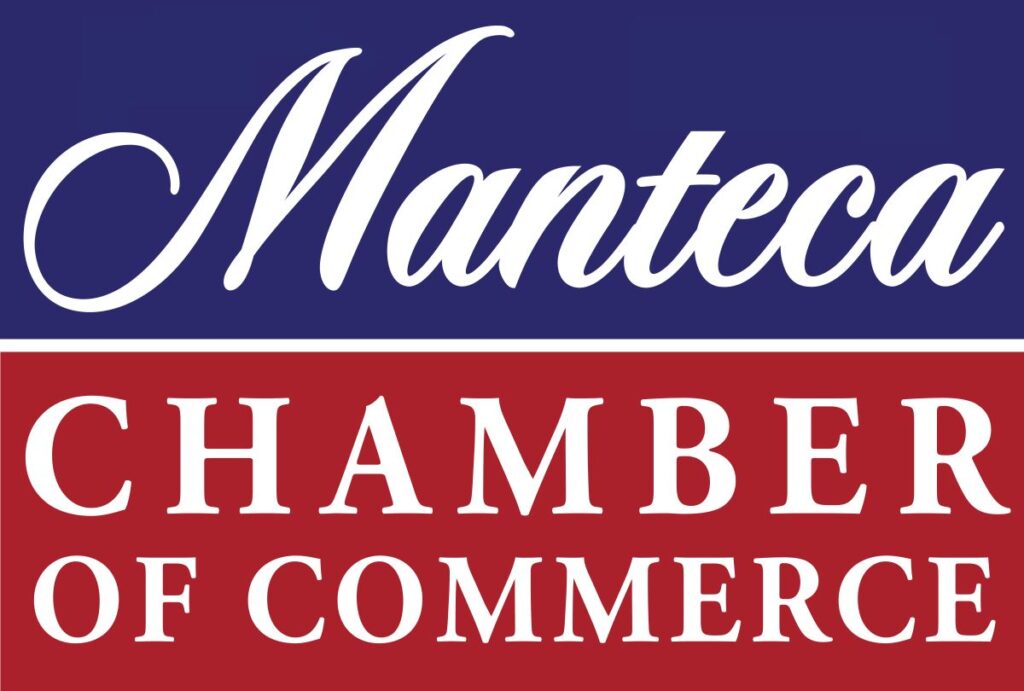
In the realm of property ownership, the fence that surrounds your home or business is not only a practical necessity but also a significant investment. Choosing the right material for your fence can make a substantial difference in its durability, impacting the longevity of both its aesthetic appeal and functional purpose. As we navigate through the myriad of options available in the market, the question that often arises is: which fence lasts the longest?
This blog aims to delve into the world of material durability, dissecting various fencing options to help you make an informed decision for your property. From the timeless charm of wood to the modern allure of vinyl, the robust strength of metal, the innovation of composite materials, and the utilitarianism of chain link, we will explore the pros, cons, and longevity factors associated with each.
Understanding the nuances of fence materials goes beyond the surface appeal; it’s about making a choice that stands the test of time, both in terms of structural integrity and visual appeal. We will examine the impact of environmental factors, installation techniques, and maintenance practices on the overall lifespan of different fences, providing you with a comprehensive guide to select a fence that not only suits your style but also endures the challenges of the years to come.
Join us on this journey through the world of fences, where we uncover the secrets behind material durability and empower you to make a choice that ensures your property remains protected and aesthetically pleasing for the long haul.
Importance Of Choosing A Durable Fence
Selecting a durable fence is a crucial decision with long-lasting implications for homeowners and property managers. The importance of choosing a durable fence extends beyond mere aesthetics; it directly influences the security, privacy, and financial aspects of a property.
First and foremost, a durable fence serves as a reliable barrier, enhancing the security of a property. Whether it’s deterring intruders, preventing unauthorized access, or keeping pets and children safe within the confines of a yard, a sturdy and durable fence plays a pivotal role. In regions prone to harsh weather conditions or frequent natural disasters, a durable fence acts as a resilient shield, withstanding the elements and providing stability during challenging times.
Privacy is another critical factor influenced by the durability of a fence. A fence that stands the test of time ensures continuous privacy, creating a sanctuary within the property. This is especially important for residential areas where homeowners seek to maintain a sense of seclusion and personal space.
Financially, investing in a durable fence proves to be cost-effective in the long run. While the initial expense may be higher compared to less durable options, the reduced need for frequent repairs and replacements, coupled with lower maintenance costs, results in significant savings over the fence’s lifespan.
In essence, the importance of choosing a durable fence extends far beyond the surface, impacting the fundamental aspects of security, privacy, and financial well-being for property owners and occupants alike.
Wood Fences
Wood fences, a timeless choice, provide a classic aesthetic to homes. However, their durability hinges on critical factors, demanding informed decisions.
A. Pros and Cons of Wood
Pros:
- Aesthetic Appeal: Offers a warm, traditional look.
- Customization: Easily customizable in design and finishes.
- Environmentally Friendly: A renewable and eco-friendly option.
Cons:
- Vulnerability to Decay: Susceptible to rot and insects if not treated.
- Maintenance Requirements: Regular staining or painting is necessary.
- Limited Lifespan: Shorter compared to some other materials.
B. Common Wood Types
- Cedar: Naturally resists insects and decay.
- Redwood: Durable with natural resistance.
- Pressure-Treated Pine: Cost-effective with added durability.
C. Factors Affecting Lifespan
- Quality of Wood: Type and quality significantly impact lifespan.
- Treatment: Proper treatment, like pressure treatment, extends durability.
- Installation: Professional installation ensures proper alignment and support.
D. Maintenance Tips
- Regular Inspection: Check for damage, rot, or insects.
- Cleaning: Remove debris and clean to prevent mold.
- Sealing/Staining: Apply every few years to protect from moisture and UV rays.
- Prompt Repairs: Address issues promptly to prevent worsening.
Wood fences, with care, offer lasting beauty. Homeowners should consider maintenance against aesthetics when choosing a wood fence.
Vinyl Fences
A. Advantages of Vinyl as a Fencing Material
- Low maintenance requirements
- Resistant to rot, decay, and insects
- Impervious to moisture, preventing warping or splitting
- Variety of styles and colors available
- Smooth surface, reducing the risk of splinters or injury
- Durability in extreme weather conditions
B. Potential Drawbacks and Limitations
- Initial higher cost compared to some materials
- Limited customization compared to wood
- Susceptible to fading or discoloration over time
- May become brittle in extreme cold conditions
- Limited repair options for damaged sections
C. Longevity and Maintenance Considerations
- Lifespan of vinyl fences compared to other materials
- Routine cleaning and maintenance practices
- Recommendations for protecting against discoloration
- Inspecting and addressing any signs of damage promptly
- Potential for warranty coverage and terms
D. Environmental Impact of Vinyl Fences
- Manufacturing processes and environmental considerations
- Recyclability of vinyl materials
- Comparisons with other eco-friendly fencing options
- Sustainable practices in vinyl fence production
- Balancing durability with environmental impact
This breakdown should provide a more detailed and comprehensive overview of vinyl fences within the larger context of material durability for fencing.
Metal Fences
A. Different Types of Metal Fences
- Aluminum Fences
- Lightweight and corrosion-resistant.
- Ideal for coastal areas due to resistance to salt air.
- Customization options in terms of style and color.
- Steel Fences
- Known for strength and durability.
- Suitable for high-security applications.
- Powder coating options for rust resistance.
- Wrought Iron Fences
- Classic and ornamental design.
- Sturdy and long-lasting but susceptible to rust.
- Regular maintenance required for optimal longevity.
B. Strengths and Weaknesses of Metal Materials
- Strengths
- High durability, providing long-lasting security.
- Resistant to pests, rot, and environmental degradation.
- Suitable for various styles, from classic to modern.
- Weaknesses
- Susceptible to rust and corrosion, especially in humid climates.
- Heavier than other materials, requiring sturdy support structures.
- Initial cost may be higher compared to some alternatives.
C. Corrosion and Rust Prevention Methods
- Galvanization
- Applying a protective zinc coating to steel to prevent corrosion.
- Common method to enhance the lifespan of steel fences.
- Powder Coating
- Electrostatically applied powder for a durable and corrosion-resistant finish.
- Available in a variety of colors, enhancing aesthetic appeal.
- Regular Maintenance
- Inspection for signs of rust or damage.
- Cleaning and repainting as needed to prevent corrosion.
D. Ideal Applications for Metal Fences
- Residential Properties
- Popular for securing homes due to durability and customizable designs.
- Aluminum fences for aesthetic appeal, steel for enhanced security.
- Commercial and Industrial Use
- Steel fences commonly used for warehouses, factories, and high-security areas.
- Provides a robust barrier against unauthorized access.
- Pool Fencing
- Aluminum’s resistance to corrosion makes it an ideal choice.
- Compliance with safety regulations due to its strength.
Metal fences offer a balance between strength and aesthetic appeal, but the choice of material and proper maintenance play crucial roles in determining their longevity.

Composite Fences
A. Understanding Composite Materials
Composite fences are crafted from a combination of wood fibers, plastic, and sometimes other recycled materials. This innovative blend aims to capitalize on the strengths of each component while mitigating their individual weaknesses. The result is a fence that attempts to merge the aesthetic appeal of wood with the durability of plastic.
B. Benefits of Composite Fencing
- Durability: Composite fences are engineered to withstand the elements and resist decay, ensuring a longer lifespan compared to traditional wood.
- Low Maintenance: Unlike wood, composite materials do not require painting, staining, or sealing. This makes them an attractive option for homeowners seeking a low-maintenance fencing solution.
- Aesthetic Appeal: Manufacturers offer a variety of styles and colors, providing the visual warmth of wood without the risk of splintering or rotting.
- Eco-Friendly: Many composite materials incorporate recycled components, contributing to sustainable and environmentally friendly fencing options.
C. Factors Affecting the Lifespan of Composite Fences
- Quality of Composite Material: The longevity of a composite fence depends on the quality of the composite material. Higher-quality composites often include additives that enhance durability and resistance to fading.
- Installation Techniques: Proper installation is crucial for the performance of any fence. Incorrect installation may compromise the structural integrity of the composite fence, impacting its overall lifespan.
- Climate Considerations: Composite materials may react differently to extreme weather conditions. Understanding how the fence will handle heat, cold, and moisture is essential for predicting its durability.
- Maintenance Practices: Although composite fences are low-maintenance, periodic cleaning and inspection can help identify issues early and extend the fence’s lifespan.
D. Comparisons with Other Materials
- Wood: While wood fences provide a natural aesthetic, they are more susceptible to rot, insects, and weathering. Composite fences offer a similar appearance with enhanced durability.
- Vinyl: Both composite and vinyl are low-maintenance options. However, composite fences often mimic the texture and appearance of wood more closely.
- Metal: Composite fences may not match the sheer strength of metal, but they provide a warmer and more inviting look. Considerations like rusting and corrosion are non-issues with composites.
In conclusion, composite fences present an attractive middle ground between the timeless appeal of wood and the durability of modern materials. Homeowners seeking a fence that combines aesthetics with minimal maintenance should seriously consider the benefits that composite materials bring to the table.
Factors Affecting Fence Longevity
- Climate and Weather:
- Exposure to extreme weather conditions affects a fence’s lifespan. Choose materials suited to specific climates.
- Installation Quality:
- Proper installation, accurate post placement, and secure anchoring are crucial for longevity.
- Maintenance:
- Regular cleaning, repainting, and prompt repairs are essential for preventing deterioration.
- Material Selection:
- Different materials have varying resistance to factors like rot, insects, and decay.
- Frequency of Use and Impact:
- Fences enduring frequent use or impact need materials and designs that can withstand it.
- Ground Conditions:
- Soil type and conditions affect stability. Proper foundation considerations are necessary.
- Chemicals and Pollution:
- Fences near industrial areas may face exposure to chemicals. Choose materials resistant to pollutants.
- Pest Infestation:
- Regular inspections and preventive measures are crucial, especially for wood fences.
- UV Radiation Exposure:
- UV-resistant coatings or materials can prevent fading and degradation.
- Regulations:
- Compliance with local regulations and zoning requirements ensures long-term stability.
In conclusion, the longevity of a fence is a multifaceted consideration, influenced by various factors ranging from environmental conditions to material choices and maintenance practices. Understanding these factors empowers homeowners to make informed decisions, ensuring not only the aesthetic appeal of their property but also the long-term functionality of their fencing. As showcased in the case studies, successful fence installations often result from a harmonious balance between selecting durable materials, proper installation techniques, and consistent maintenance efforts. Whether it’s the enduring charm of wood, the resilience of vinyl, the robustness of metal, or the innovation of composite materials, each option comes with its set of advantages and considerations. Ultimately, investing time and effort in choosing, installing, and maintaining a fence tailored to specific needs will yield a lasting and satisfying return on investment.


